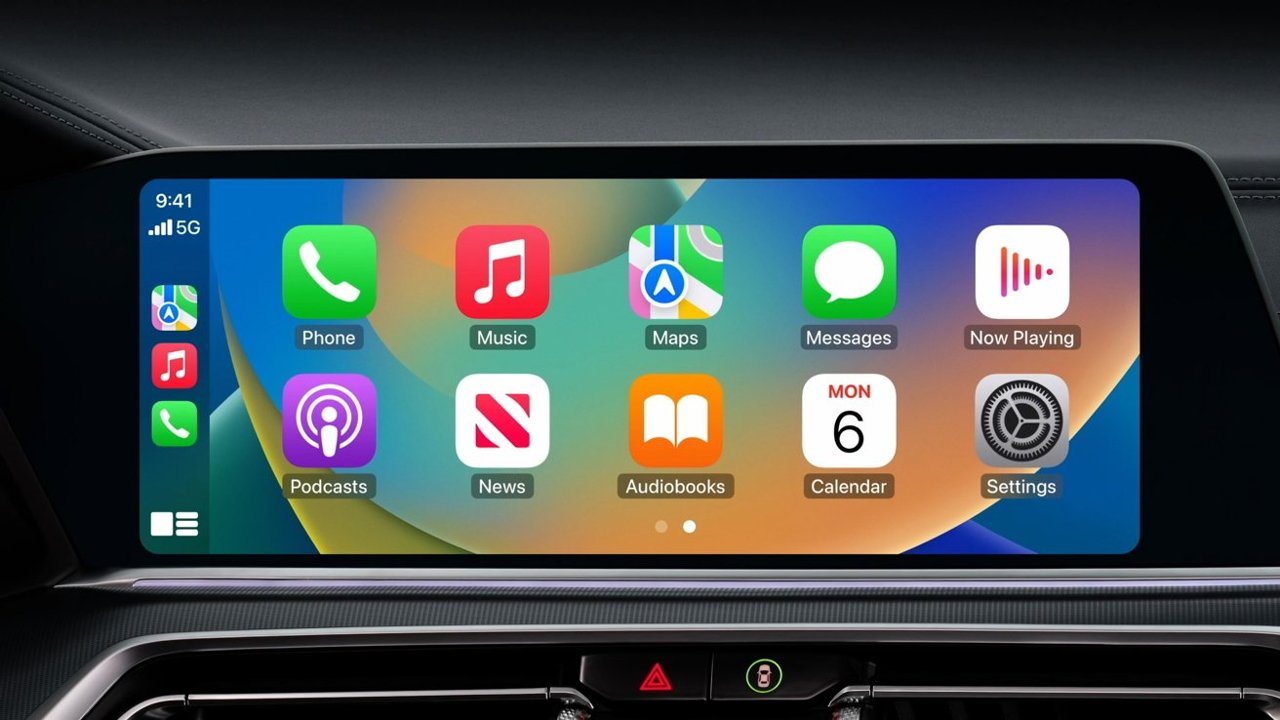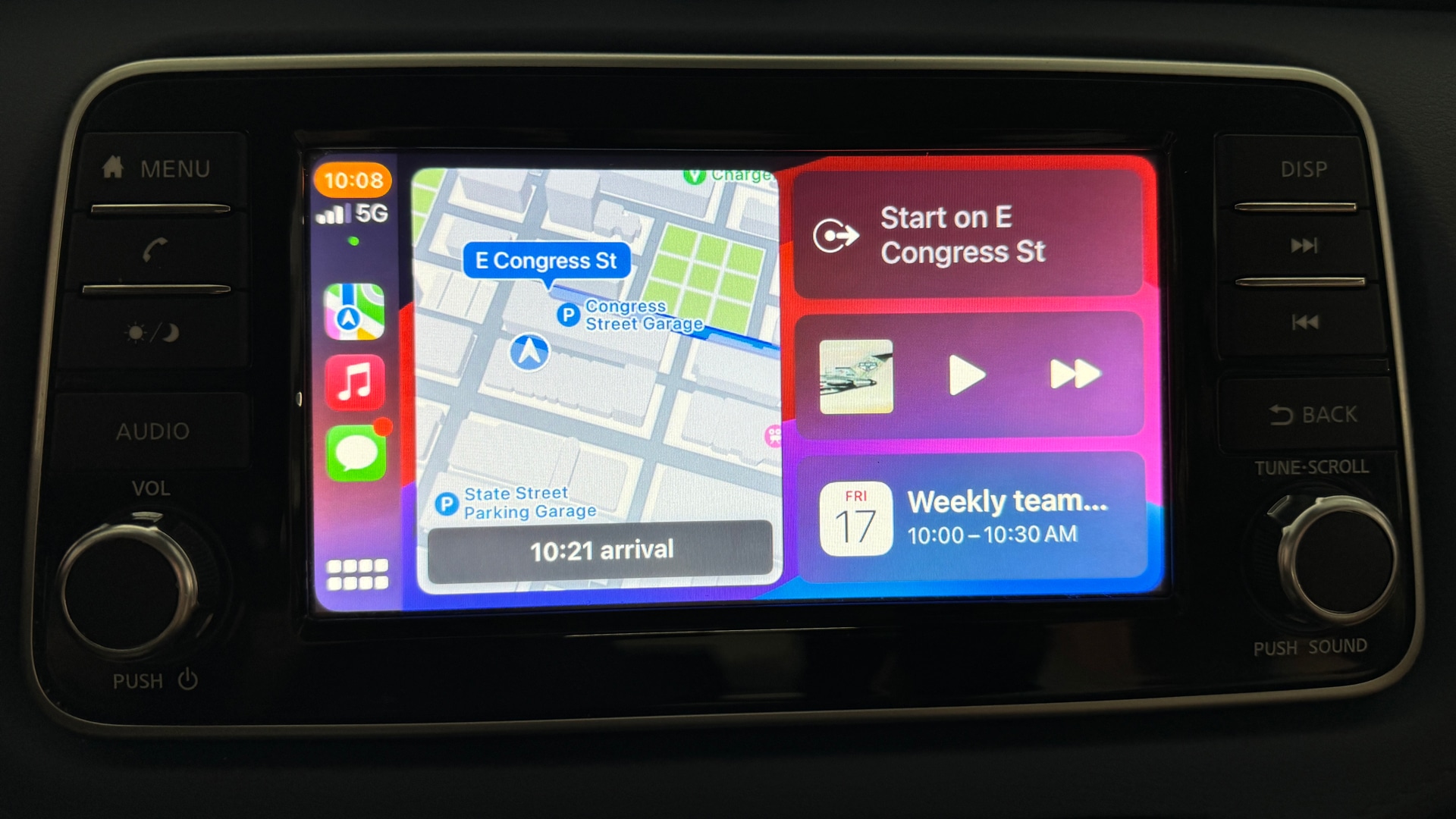General Motors is getting ready to retire Android Auto and Apple CarPlay across future models, expanding a pivot that started with the automaker’s newest EVs to upcoming gas cars. In their place, GM is designing a computing platform with an embedded software stack and an enhanced new version of Google’s Gemini (expected to begin launching in 2026) as the AI assistant. The company says Gemini will come via over-the-air update through the Play Store for the vast majority of OnStar-equipped vehicles from 2015 and newer.
GM executives have positioned the move as a strategic shift from phone mirroring to a native, deeply integrated in-car experience. In interviews with The Verge, CEO Mary Barra stressed that owning the software stack allows GM to speed up updates, enable more personalization and better integrate driver assistance features than is possible with projection systems.
- Why GM Is Breaking Up With Phone Projection
- What Gemini Is Bringing to the In-Car Cabin Experience
- Rollout and Compatibility for GM’s Gemini Assistant
- GM Is Not Making a One-Model Bet on AI Providers
- Privacy and Control Promises for Drivers Using Gemini
- The Risks and Upside for Drivers as GM Shifts to Gemini

Why GM Is Breaking Up With Phone Projection
Phone projection is a well-known and welcome technology, but it also puts another layer on top of the car’s systems. That can restrict access to vehicle data, energy scheduling and safety-critical functions. GM contends that a single piece of infotainment hardware will match the needs and capabilities of each vehicle line and reduce the headaches currently involved in developing features like battery-informed routing, cabin bookmarks and hands-free help. The company has already gone this direction with vehicles like the Cadillac Lyriq and Chevrolet Blazer EV, which don’t carry Android Auto or CarPlay.
There’s a business case, too. GM has told investors it plans to hit $20–$25 billion in annual software and services revenue by 2030. It is easier to control and monetize a native platform with first-party subscriptions, app commerce and data-driven services than a handset projection layer controlled by Apple or Google.
What Gemini Is Bringing to the In-Car Cabin Experience
Gemini is designed for more natural, context-aware conversation. According to GM, the assistant will manage follow-up questions, glean intent and use vehicle data in responding to requests instead of just transcribing commands. Executives told TechCrunch they’re going for an assistant capable of handling complex queries and following up when conversing — a step up from traditional voice systems.
For example, you might say, “Plan a route with a quick-stop charger near good coffee, adjust my arrival if traffic gets worse and set the cabin to 72 degrees when I return,” and have the car do it all. It might even raise some proactive maintenance recommendations based on driving habits, or decant the owner’s manual into actual answers to “which warning light is that and can I keep motoring?” Recent AI demos in luxury vehicles demonstrate the potential; GM wants to bring similar capabilities to its mainstream nameplates.
Rollout and Compatibility for GM’s Gemini Assistant
GM will start enabling Gemini in 2026. According to the company, the assistant will be available as an over-the-air update in the Play Store when it rolls out to OnStar-equipped vehicles from 2015 and newer. The functionality will vary by vehicle based on onboard microphones and compute capacity, as well as whether the car already had Google built-in. Newer Buick, Chevrolet, Cadillac and GMC models with installed Google services should see the most robust experiences.

Beneath the skin, GM’s new global platform is an evolution of its Vehicle Intelligence Platform and uses an Ultifi software layer. The aim is swifter software cycles, “continual platform updates” and closer integration of infotainment, navigation, energy management and driver-assistance features — as well as a curated pipeline for third-party apps through Google Play.
GM Is Not Making a One-Model Bet on AI Providers
GM, despite its close relationship with Google, says it won’t tie itself to a single AI provider. Since then, executives have said the company will try other foundation models — including those from OpenAI and Anthropic. A model-agnostic approach allows GM to choose the best-in-class tools for a job, manage a cloud and on-device mix of work and adjust with the evolution of AI.
Privacy and Control Promises for Drivers Using Gemini
GM emphasizes that drivers can select what the assistant is able to reach and use, and that data will be used only to enhance the product experience rather than for advertising targeting. That promise will be carefully parsed: automakers’ data practices are coming under growing public and regulatory scrutiny. Early on, clear controls and transparent defaults will be critical to that trust as AI systems tailor recommendations over time.
The Risks and Upside for Drivers as GM Shifts to Gemini
It’s bold to walk away from Android Auto and CarPlay. Apple has claimed that some 80 percent of American car buyers would not even consider a vehicle without CarPlay, and J.D. Power has found time and again that projection technology increases customer satisfaction. GM is going to have to show that its homegrown system isn’t just good, but better.
If the whole thing works as smoothly in daily use, thanks to Gemini-powered voice and a more unified software stack, you might find yourself thinking that it all feels better than hooking up a phone. It would also be platform-agnostic, applicable to handsets no matter the OS that powers them, and offer a common UI for GM throughout its line. The wager is obvious: the smartest connection in your car should be the car. It depends on execution, but for drivers to agree we’ll have to wait until Gemini is on the road.

